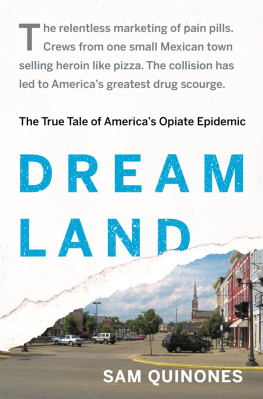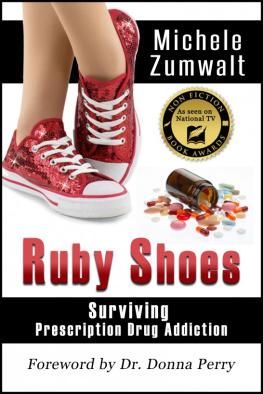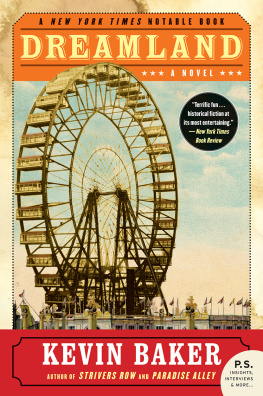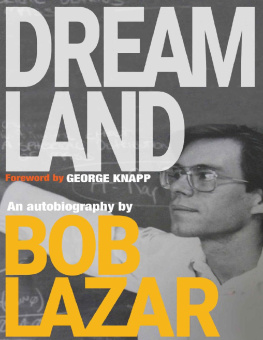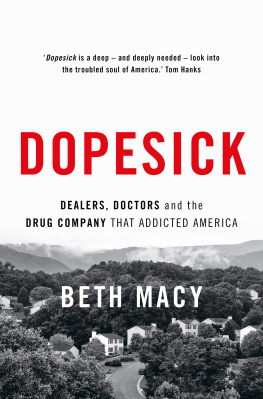A s this book tells a story that spreads nationwide, I encountered and relied on people across America for help in telling it.
I met parents transformed by this epidemic, and the loss of children, into activists of one sort or another: Carol Wagner, Margie Fleitman, Barbara Theodosiou, Susan Klimusko, Jodi Barber, Krissy McAfee, Tracy Morrison and her daughter Jenna. Wayne Campbell spent many hours with me and allowed me to attend his Tylers Light presentation. Jo Anna Krohn sat with me several times sharing the story of her son Wes, and the creation of SOLACE. Paul and Ellen Schoonover, and their son Myles, were kind enough to share the story of how Matt had died. I believe they understand that this problem has spread because people have remained silent. I am grateful to them for sharing their story.
In Denver, Dennis Chavez was, of course, a fountain of information about the Xalisco Boys, a term for them that he coined and I borrowed for this book. I also spent time with other police officers who helped me understand how the Xalisco Boys were working in Denver today: Jimmy Edinger, Jes Sandoval, Nicole Shacklee, Dale Wallis, and Teresa Driscoll-Rael. I spoke also with several junkies who shared their thoughts. My wonderful aunt and uncle, Cal and Dick Van Pelt, provided me with welcome lodging in the Denver area.
Several people in Charlotte were kind enough to spend time with me to talk about the Xalisco Boys in that city. I spent a lot of time with Detective Brent Foushee, who also shared with me his masters thesis on the topic. Grateful appreciation also to Detective Don Queen, attorney Rob Heroy, deputy county prosecutor Sheena Gatehouse, Bob Martin from the Carolina Medical Center. Charlotte police officer Chris Long, a narcotics investigator, was the first law enforcement officer in the country to confirm to me that all these crews of heroin traffickers were in fact from the same town, and that that town was Xalisco, Nayarit. In South Carolina, I thank Dean Bishop, Max Dorsey, Marvin Brown, and Walter Beck. I spoke with, and thank, other assorted folks as well, police officers and the opposite of police officers, whose names I cant include here.
In Columbus and Marion, Ohio, Im grateful to many people who helped me understand the black tar heroin problem, but also the gravity of the states opiate plague: Columbus police captain Gary Cameron, Orman Hall, Judge Scott VanDerKarr, Andrea Boxcil, Ed Socie, Ronnie Pogue, Christy Beeghly, Jennifer Biddinger and the folks at the Ohio attorney generals office, Sarah Nerad, Brad Belcher, Jennifer Miller, Dr. Richard Whitney, and the family of Dr. Phillip Prior. Dr. Joe Gay in Athens County, Ohio, was an early source, full of facts, perspective, and enthusiasm for the story.
In the state of Washington, I received essential help from Jaymie Mai, Jennifer Sabel, Caleb Banta-Green, Drs. Alex Cahana, John Loeser, David Tauben, Gary Franklin, Michael Schatman, and Michael Von Korff. I thank them for taking the time to help educate a reporter with a lot to learn.
One of the great pleasures of writing this story was visiting Portsmouth, Ohio, where people welcomed me and spoke forthrightly about their town. I am enormously grateful to Bryan Davis, Randy Schlegel, Joe Hale, Andrew Feight, Scott Douthat, Mary Ann and Keith Henson and their son, Luke, Terry Johnson, Danny Colley, Angie Thuma, Nate Payton, Kathy Newman, Melissa Fisher, Terry Ockerman, Chris Smith, John Lorentz, Jarrett Withrow, and Abbi Andre. As always, several others who helped me enormously probably prefer not to be named.
In Portsmouth, Ed Hughes spent many hours educating me on the multidisciplinary approach to drug rehabilitation and the history of the Counseling Center. Finally, Lisa Roberts was a huge fount of information about the town, its pill mill history, and the addiction that followed. I thank her also for the numerous contacts she provided me.
In Portland, Vitaliy and Elina Mulyar were nice enough to share their story with me, and help me understand the history of Russian Pentecostalism and the denominations battle with opiate addiction among its youth in America. Dr. Gary Oxman told me the story of his investigation that attempted to understand the spate of heroin overdoses in Portland in the 1990s. Federal prosecutor Kathleen Bickers was a wonderful and encouraging source of information on the Xalisco Boy phenomenon. Early on, Portland police lieutenant Mike Krantz helped me see the extent to which Xalisco heroin had invaded that town. I thank, too, Steve Mygrant, Wayne Baldassare, Tom Garrett, Sean Macomber, and John Deits.
The story of RAP was told to me by Ed Blackburn, Alan Levine, and others who I also thank but probably cant name. I thank also Dr. Rachel Solotaroff at Central City Concern.
My dear friends Amy Kent and Steve Daggett, and their son, Colin, provided conversation and lodging that was a welcome respite from motel rooms while I was in Portland on several visits.
Folks in law enforcement from around the country were hugely helpful in adding their pieces to this nationwide puzzle. I thank Jim Kuykendall, Harry Sommers, Rob Smith and the Charlotte DEA, Adam Hardin and the South Carolina DEA, Chuvalo Truesdell, Dennis Mabry, Hal McDonough, Judge Seth Norman, Jeri Holladay Thomas, Chris Valdez, Rock Stone, Frank Harrell, Leo Arreguin, Lisa Feldman, and William Mickle, and some others whose names I cannot print here.
In Boise, Idaho, Ed Ruplinger very generously shared with me his recollections of the case he made against the Xalisco Boys, one of the first in the country. I also thank Steve Robinson and Joe Wright for their help.
Early on, as I attempted to track the Xalisco Boys to towns around America, I spoke with narcotics officers of various kinds, too many to mention, who helped by confirming, or not, the presence of the Nayarit traffickers in their areas.
From the small town of Xalisco, Nayarit, a major center of heroin supply to the United States, I spoke with numerous traffickers, drivers, telephone operators, and suppliers. Most would speak only of what they did, and would not discuss the activities of others. This was especially true of the man known as Enrique. I was happy to listen under any conditions they imposed. Most were or are in U.S. prisons, which I find are wonderfully contemplative places to sit and talk with people. Now, if only federal prison wardens would understand that in their custody are people who can tell the entire story of Mexican trafficking to the United States, that this is an important story for the public to hear, and that making it easier on a reporter trying to tell it wouldnt kill them. To those prison officials who did help in that regard, I say thank you. I also spoke with people from Xalisco: professionals, business owners, and some others. Most I tried to know only by first names, for their protection and my own. But even these Ill keep private, though I thank them nonetheless.
Early on, Professor Marcia Meldrum at UCLA instructed me on the historical background and context to the current opiate epidemic. Dr. Nathaniel Katz and Dr. Marsha Stanton provided me with wide and deep perspectives on the history of pain, and on the pain revolution. Drs. Andrew Kolodny, Jane Ballantyne, Art Van Zee, and Mike McNeer, now firmly opposed to the liberal prescribing of opiate painkillers, shared with me the evolution of their thinking. Finally, I thank Dr. Hershel Jick, who told me the essential story of his 1980 letter to the editor.
Professors Andrew Coop, Martin Adler, and Herbert Kleber helped greatly with understanding addiction and the brain, methadone, and the College for the Problems of Drug Dependence.
Though some of them didnt appear in this books final draft, several recovering addicts helped me understand the heroin street scene, past and present. Among them are Robert Berardinelli in Santa Fe, Dean Williams in Indiana, Bobby Melrose in Columbus, Pickles, Bob Wickham, the ex-RAPsters in Portland, several guys in rehab at the Counseling Center in Portsmouth, the three kids in Denver, and that waitress I met at a speech at the University of New Mexico in Albuquerque who drove for the Xalisco Boys for nine months.
Next page
